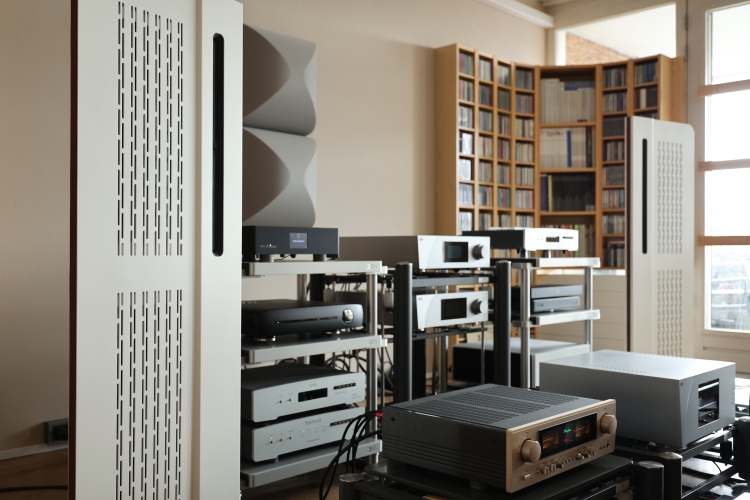
Review samples provided by Dimex
Retail Prices (incl VAT):
14.000 euro per pair in white (RAL9010) and black (RAL2100)
14.600 euro per pair in a selection of custom 155 RAL colors
DP 140 MkII Description
Available as standard in Black or White with a choice of White, Caramel, Chocolat, or Black leather trim, the DP 140 in its recently updated MkII appearance looks sleek, elegant, modern, understated and luxurious all at once. Taste is a very personal matter but I love this model’s looks. Size-wise, too, the DP 140 MkII is just right. At 141 cm tall and 48 cm wide, the DP 140 MkII provides the feeling of substance while its sleek appearance avoids it looking imposing.
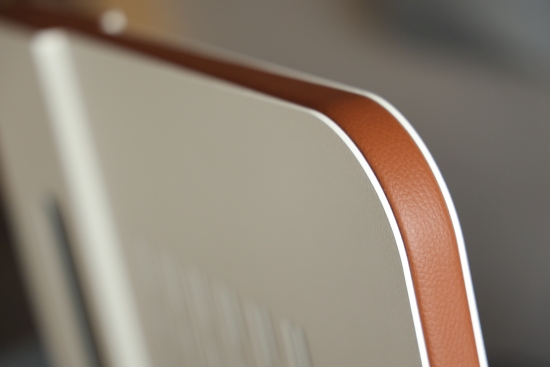
The DP 140 MkII is a two-way design with a 55-cm tall treble/midrange ribbon and two 55 x 20 cm bass panels with a simple 12 dB per octave crossover at 1.6kHz. The online and printed specifications deviate in terms of frequency range. Upon checking, Mr. Gilles Douziech kindly confirmed that their correct laboratory measurements yielded a response of 35Hz – 22kHz (+/-3dB). I have to say, that is quite astonishing! I agree that 35Hz may seem overly optimistic for a Magnetostatic speaker of this size but in my own listening tests lateron, it was confirmed that the speakers really do indeed reach that low.
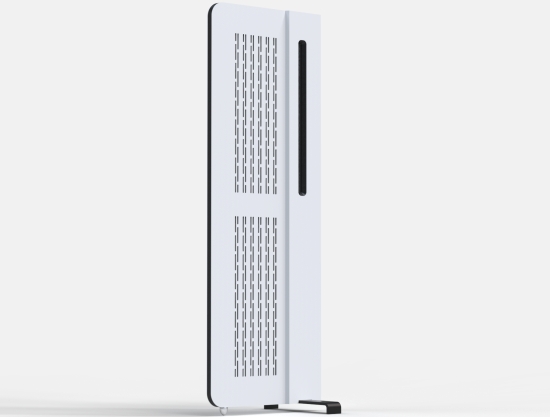
The speaker is constructed very cleverly with two 2mm thick metal sheets that tightly clamp the internal MDF structure using a large number of screws that are only visible on the back. This makes for a very stiff yet thin and beautifully clean assembly.
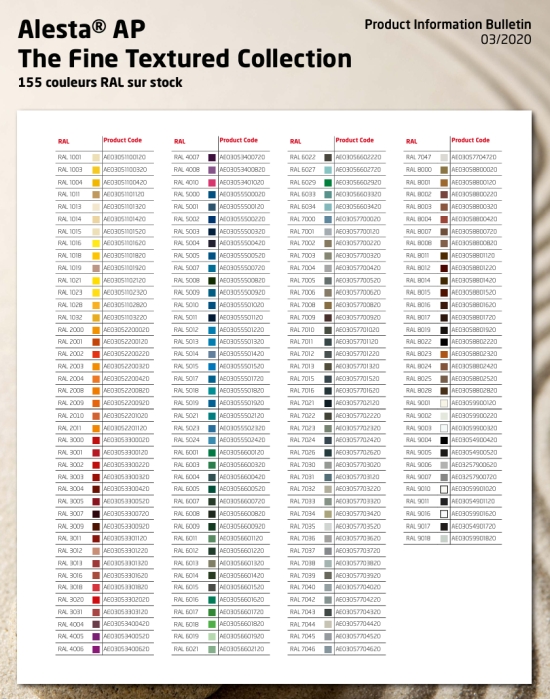
The DP 140 MkII is available in 155 RAL colors
Planar magnetostatic dipoles have a reputation for being hard to drive, but that does not apply to all brands and models. The prime model responsible for this general view is the Apogee Scintilla in the 1-Ohm version. Combined with a particularly low sensitivity of 79dB, that model was indeed very harsh on amplifiers at the time. At 87dB, the DP 140 MkII’s sensitivity can be considered moderate and is actually 1dB higher than both the DP 107 and my Magico S1 MkII’s. Given that most amplifiers these days are more than capable in terms of power output, sensitivity is not much of a factor anymore unless you want to use ultra-low-wattage Single-Ended tube amplifiers. Much more critical are the nominal impedance and the presence of dips across the frequency. This is where all Diptyques make life very easy for an amplifier as they have a normal nominal impedance (6 Ohms for the DP 140 MkII) and a very flat impedance curve.
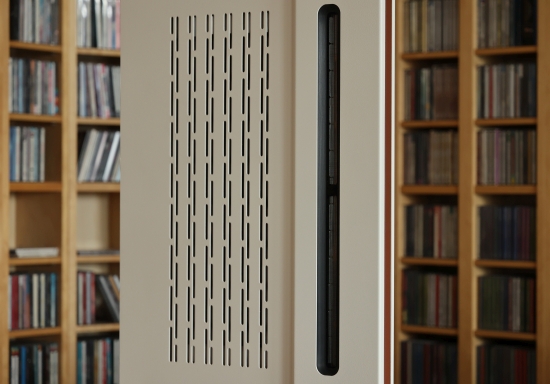
Compared to the DP 107 that I reviewed previously, the most obvious difference with the DP 140 MkII is in their visual appearance. Cleverly hidden from sight are improvements to the structure, resulting in a stiffer and heavier assembly. Other differences include optimized PPBM technology and higher tolerances across the board, one aspect of which is instantly noticeable when looking at the tweeter foil. Whereas it would hang loosely and warped with the DP 107, it is now positioned highly precisely. The foil is not only 100% flat but also mounted very closely to, and 100% equidistant from, the magnets on the sides. Other differences from the earlier model include double bass panels yielding lower and more powerful bass and refinements in the crossover to achieve even better coherence.
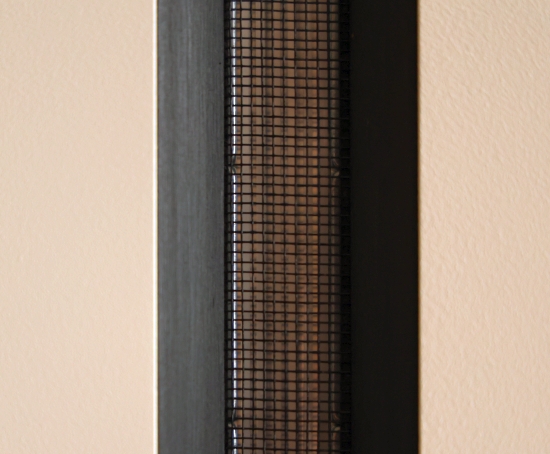
Finally, the new MK2 range has been ECO designed with partners all located in the same region where the speakers are produced, near Toulouse. They are 100% repairable to be able to transfer them to our children and grandchildren!
Diptyque Technology
Diptyque loudspeakers work according to the Magnetostatic principle, referred to by the company as Isodynamic Technology, which was developed in 1970 in the United States. Through numerous tests and experiments, the Diptyque has sought solutions to improve this technology and push back its limits, particularly for bass reproduction.
In their basic principle, Diptyque speakers work similarly to the speakers by Magnepan, Analysis Audio, Clarisys and Apogee Acoustics: a large tensioned planar membrane with aluminum traces suspended in front of a magnet array for the bass and a narrow foil (either a composite with aluminum traces or a pure aluminum ribbon) suspended on the top and bottom hanging freely between side-mounted magnets for the midrange and treble. But that’s where the similarities end. While all the aforementioned designs use ferrite magnets positioned only behind the woofer membrane, Diptyque employs large ferrite “
I asked Mr. Gilles Douziech about why he chose these kinds of magnets, to which he kindly responded:
“The size or power of the magnets are not the only solution to make good speakers. Using the magnets well is more important. We have imagined an architecture that allows magnetic energy to be concentrated on ribbons with bipolar magnets specially made for us. We placed them in a push-pull configuration to guarantee membrane movements without deformation.
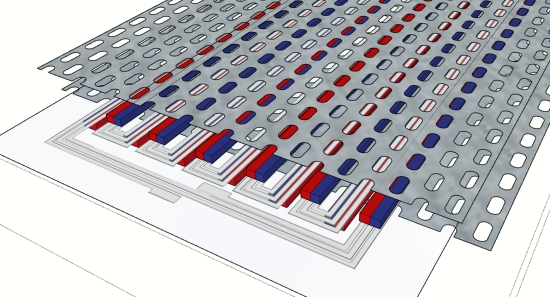
Diptyque’s “PPBM” Push-Pull Bipolar Magnet technique is an innovative patented architecture that uses large-section bipolar magnets manufactured to specification, located at the front and rear of the 12µm thin Mylar membrane. This allows the membrane’s aluminum coil to remain in a constant magnetic field while it moves, allowing a much higher level of control than with a single-ended construction. In addition, the same type of diaphragm is used for both bass and treble to match the speed and dynamic behavior across the spectrum.
When listening to the bass panels one by one with my ear against the grille, it appears as though the upper panel also produces a portion of the upper midrange. But this is not the case and is probably caused by the nearness of the midrange/treble ribbon. Indeed, upon asking, Mr. Gilles Douziech confirmed the speaker is a two-way design and the two panels play the same signal.
Like the bass panel, the Ribbon Tweeters are proprietary and made from mylar film with an aluminum coil on it. The tweeter ribbon moves in an intense magnetic field of neodymium magnets on the sides.
Diptyque speakers provide high reliability over time, they are not sensitive to dust or humidity, and, unlike electrostatics, they do not have a high-voltage circuit. Diptyque’s faith in their products is also reflected in the 5-year parts and labor warranty.
Running In
Diptyque speakers need a break-in period during which they will improve the tonal balance and the naturalness of the low frequencies. The company recommends 200 hours of operation to obtain the optimal sound. My review samples were well-used by the distributor but it may be worth noting that the speakers can sound quite bright and forward during the running-in process. This is normal and will subside as the speakers are used.
Next: Positioning and Listening
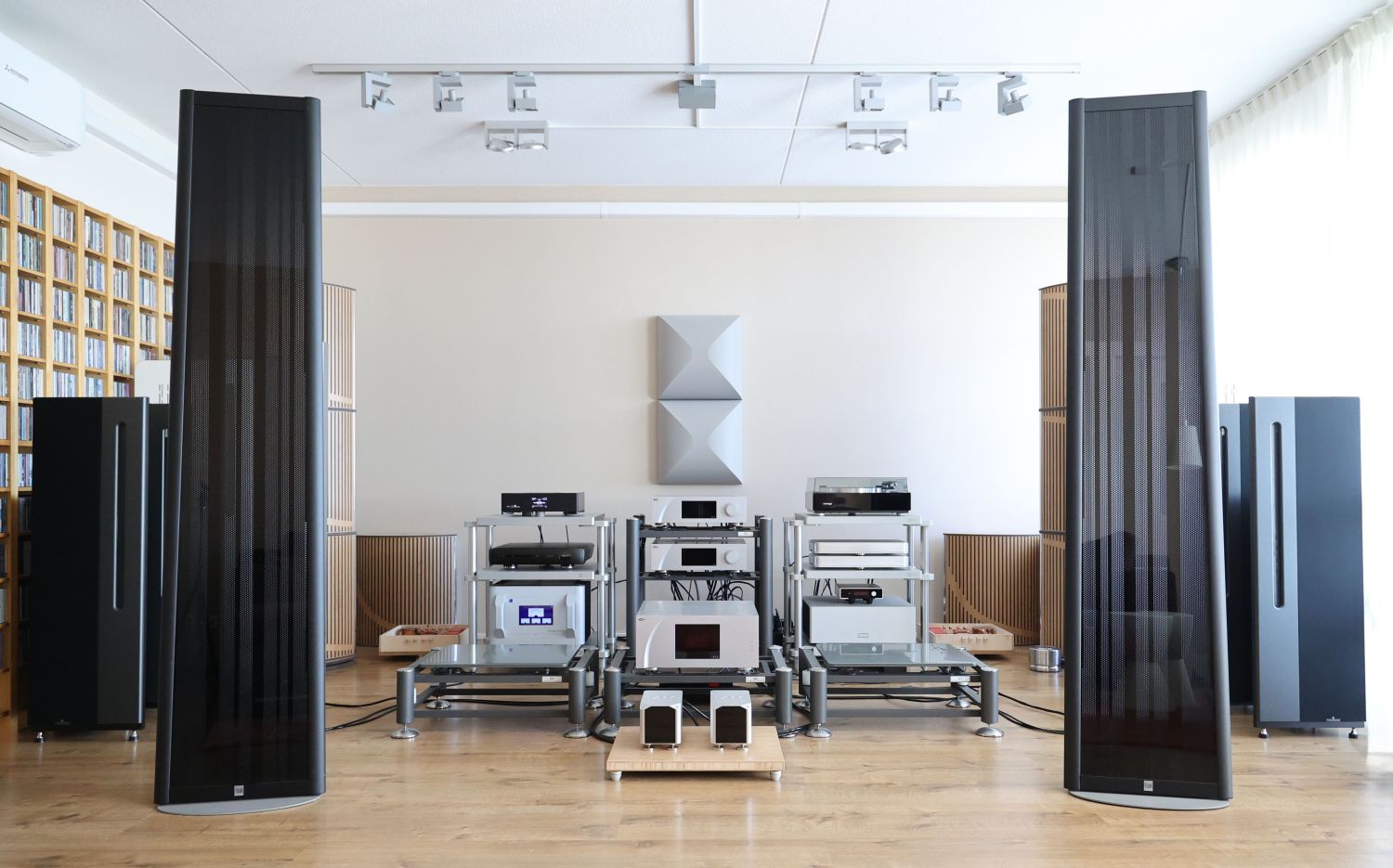
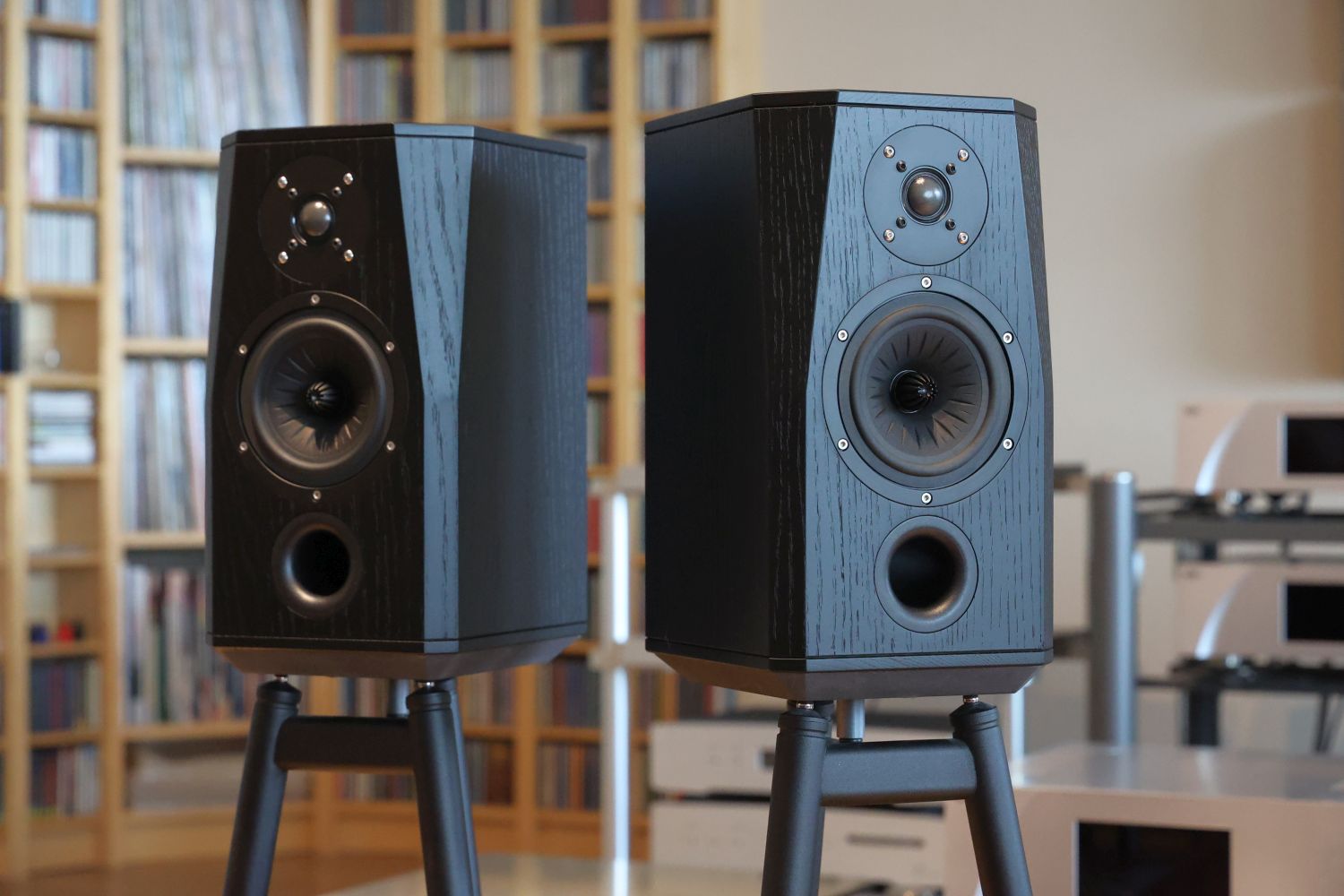
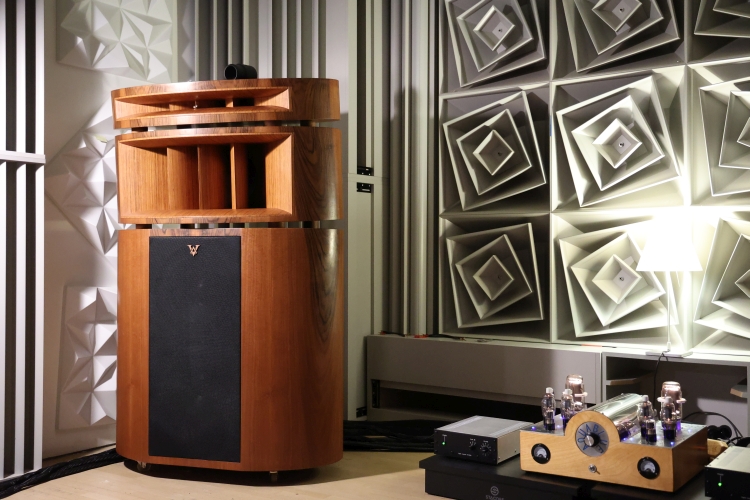
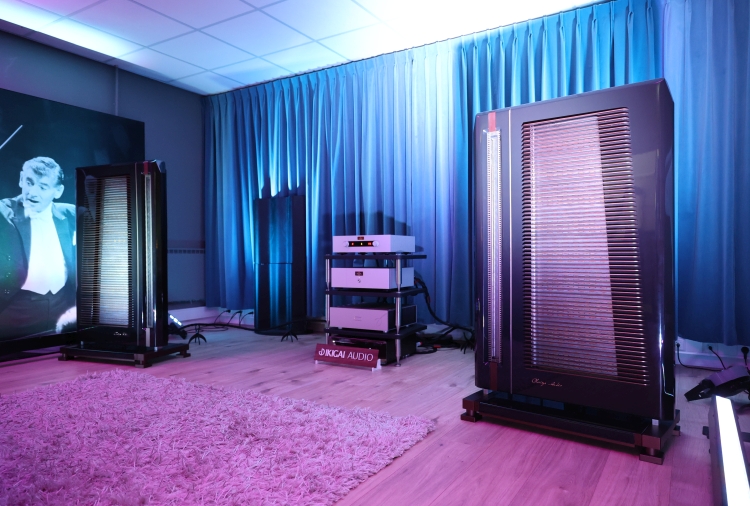
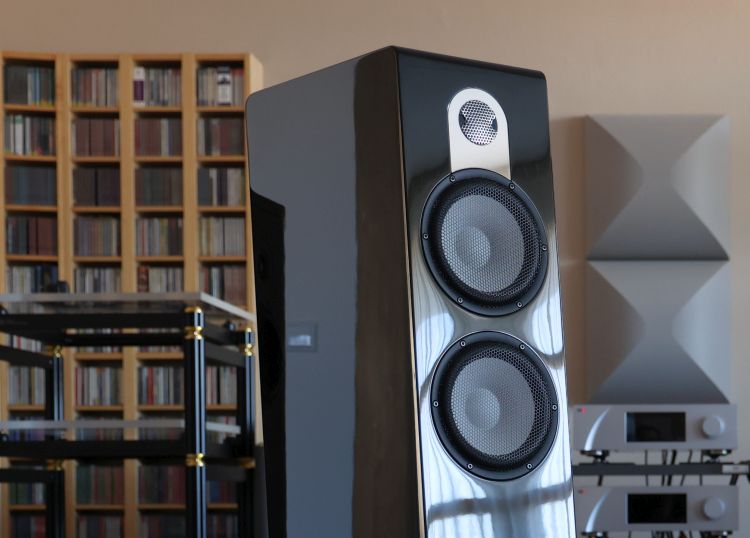
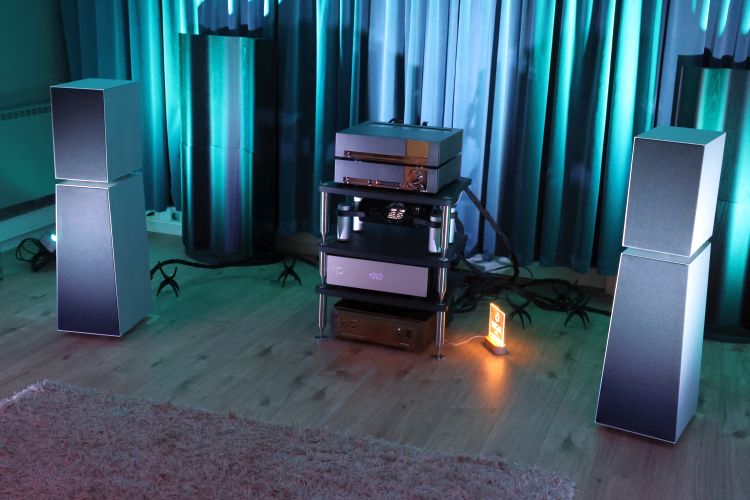
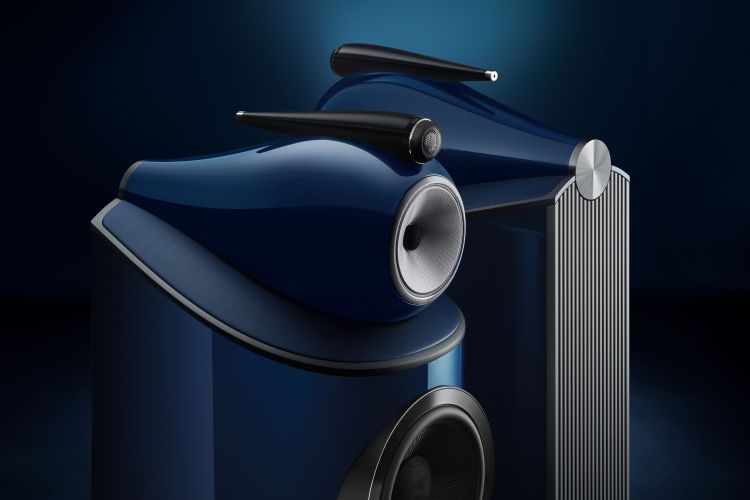
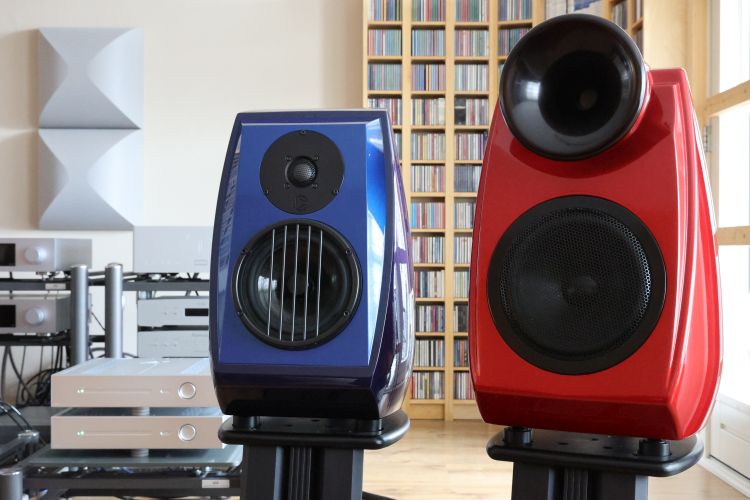
“… the bass is perfectly timed with the reat of the frequency spectrum.”
“reat” –> “rest”
Thank you very much for letting me know. The typo has been corrected.